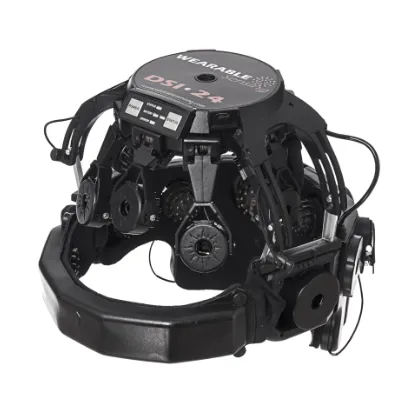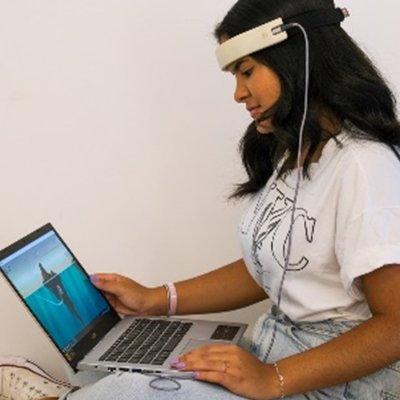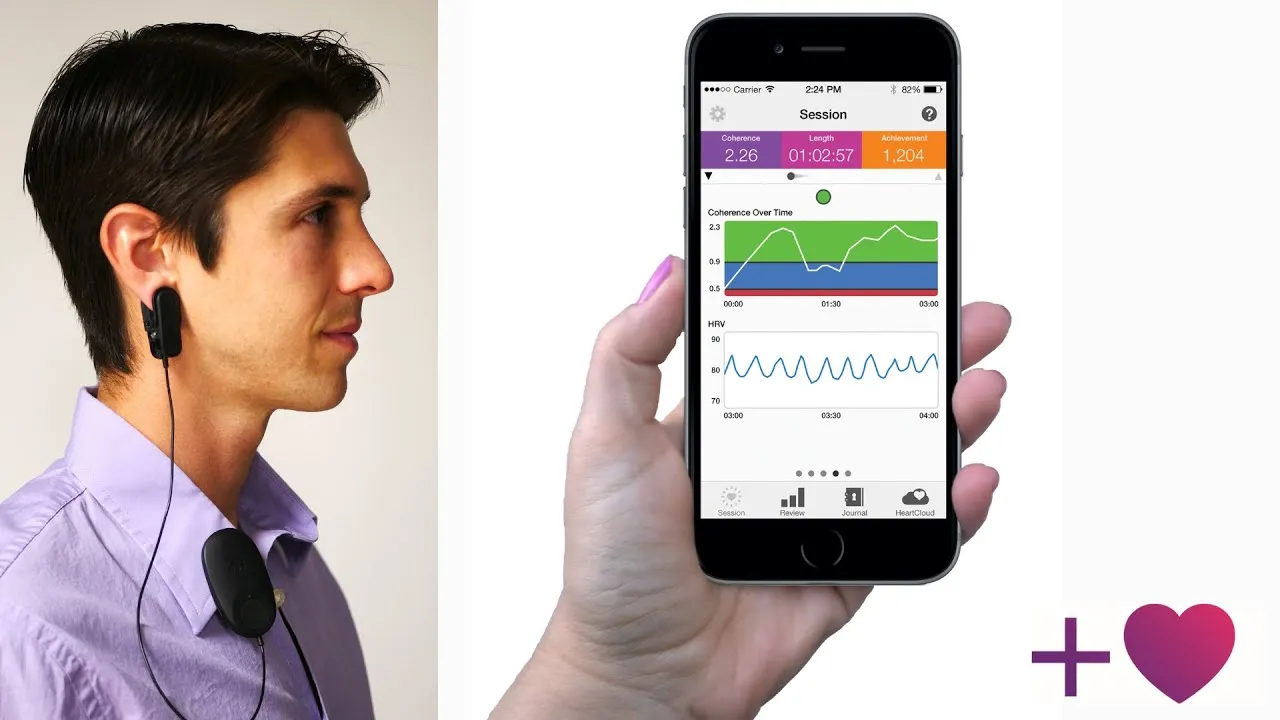At Safe Place Counseling, we employ NeuroGuide’s cutting-edge 19-Channel LORETA Z-Score Neurofeedback—an unparalleled advancement in neurofeedback technology. While many neurofeedback systems typically require over 60 sessions and train only 1-4 sites at a time, our system trains 19 channels each time and often demonstrates improvements in as few as 20 sessions. This accelerated progress reduces symptoms quicker and minimizes costs for our clients. We also do HEG and HeartMath® training sessions at no extra cost!
NeuroGuide:


State Changer® HEG Neurofeedback Training by Brain-Trainer International:
